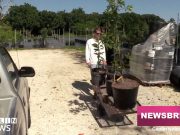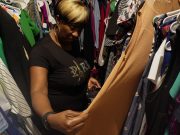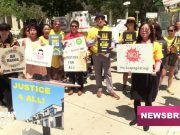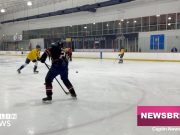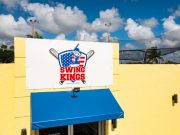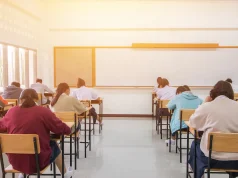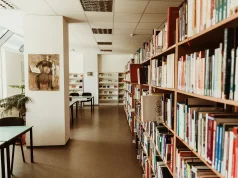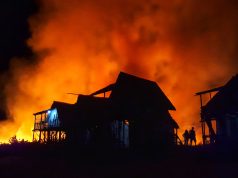Since the state’s colonization of European settlers, Florida wildlife has been in a battle for survival. Today, animals like the South Florida Rainbow Snake and the Dusky Seaside Sparrow have gone extinct. The cause of their extinction is simple, human action.
From the draining of the Everglades to pumping pesticides into freshwater sources, humans have been the main culprit in almost every species’ extinction. Organizations have stepped in to protect these endangered animals’ land and resources. However, their efforts are unable to protect them from what awaits outside their castle walls. One of the main examples is the Florida Black Bear or Ursus americanus floridanus.
The Black Bear has historically roamed throughout Florida and the Southern portions of connecting states, such as Georgia and Alabama for most of its existence. Today, these bears occupy about 18% of their historic range and are listed as a threatened species.
Their distribution in Florida has been reduced and fragmented into various different populations. All of which have slowly been encroached on by human development. In the past 10 years, the number of bear-related calls in Florida has increased by nearly 700%.
If you just take a quick look at this visualization it can be seen that the strongest heat signature or the largest amount of bears have been captured in Central Florida. I don’t think it’s a coincidence that one of the fastest-growing places in the United States is in Central Florida. As the population grows, humans keep spreading out toward the Floridas Black Bears’ protected land. As a result, there will be more human and bear interactions.
But what does this mean for the Florida Black Bear?
Like most bears, the Florida black bear is a forager which means that it goes out looking for its food whether that be berries or insects. Oftentimes, it stumbles upon intriguing scents of trash, pet food, or even bird feeders. If the bear were to eat say the trash or pet food, they become condition to humans and often a threat to human safety. For each conflict incident, the Florida Fish and Wildlife Conservation Commission (FWC) evaluates why bears are causing problems. Oftentimes, it can be resolved by removing the free meal but if the bear continues to return then “action is required.”
Unfourtently, the action required oftentimes involves the putting down of the black bear. The visualization above depicts all of the times a black bear has been killed as a result of “conflict” or “human safety risk”. Many of them specifying it was a result of being in someone's trash, damaging someone's property, or eating someone's livestock feed.
The forest service has implemented a Food Storage Order that defines proper storage and disposal of food, garbage, and other attractants. They have made the feeding of bears illegal with a fine of a minimum of $100. This was implemented in 2009 and hundreds of bears are still dying each year. More as human and bear interaction increases.
So whose fault is it? The bears or the humans? and why are the bears paying with their life while humans get a slap on the wrist?
The only question with a solid answer is what can be done? Because the current legislation isn't doing much.
Currently, the land that the Florida Black Bear and hundreds of other species (a lot also endangered) reside on is called the Wildlife Corridor.
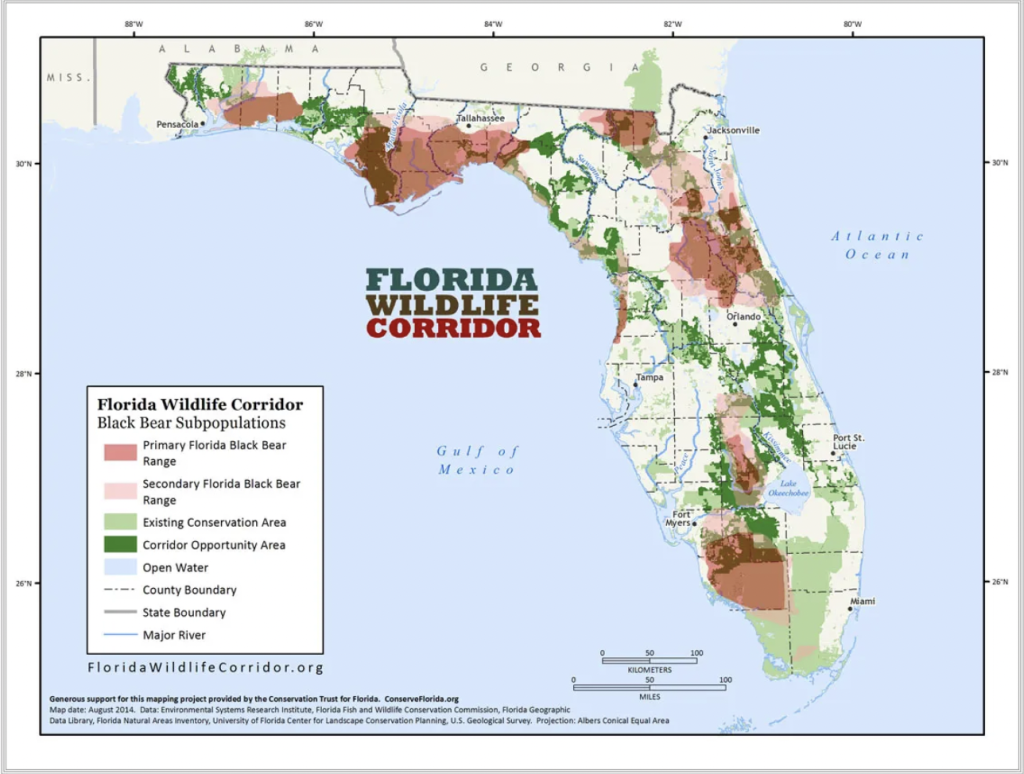
As you can see on this map, the light green areas are the areas pertaining to the conservation area. The light and dark pink areas are where the black bears like to range. A large portion of that is unprotected land, where bears could encounter human-inhabited land. A mitigation to this problem is to protect the areas where the bears frequently roam to reduce human-bear interactions.


